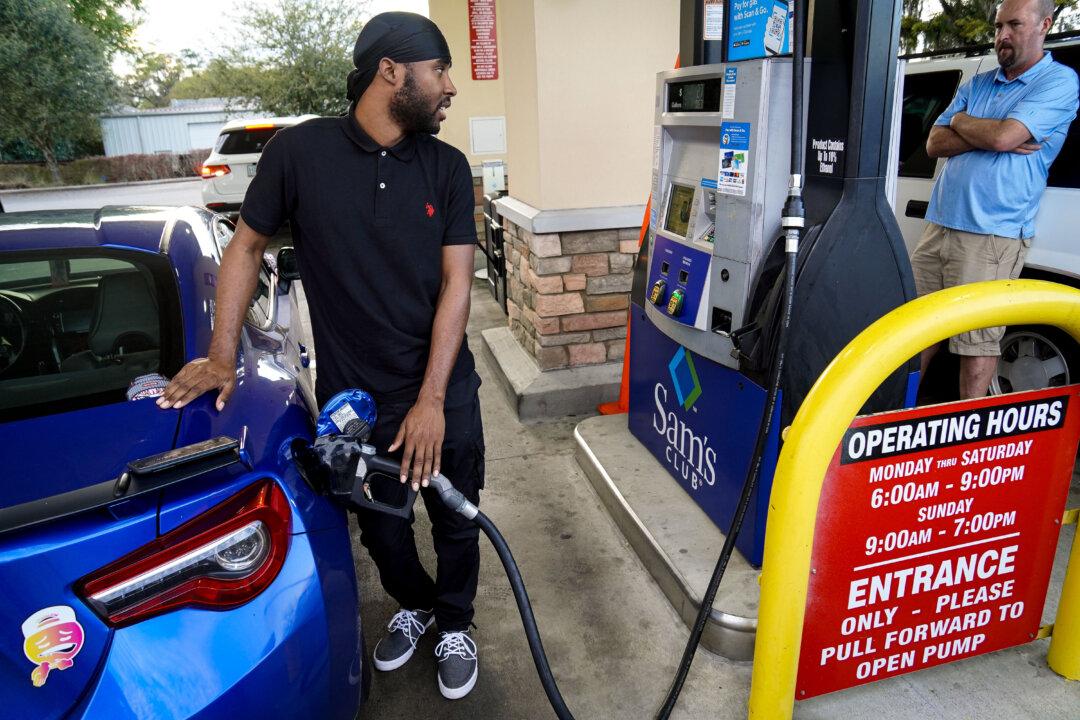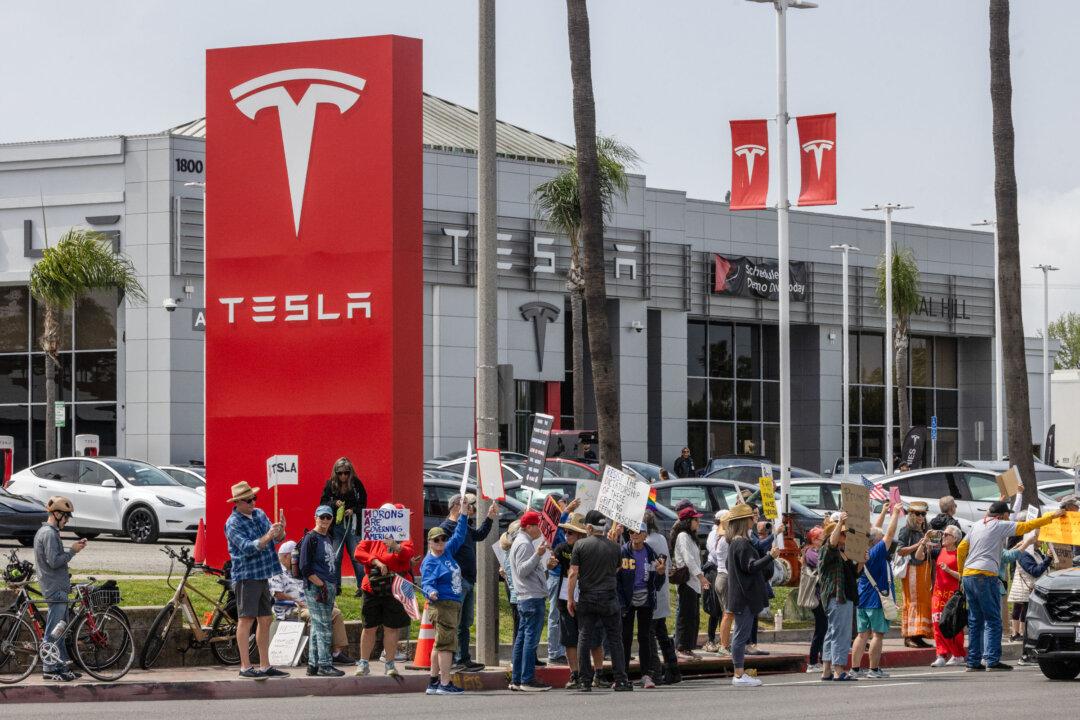GAINESVILLE, Fla.—As if the price of gas wasn’t enough, a line of impatient motorists waiting behind him with sullen faces and engines rumbling made Zephrin Green’s visit to a Sam’s Club gas pump even more stressful.
As he prepared to fill the tank of his blue Subaru BRZ for an evening of Uber-driving, he tried to activate the pump as quickly as possible. Glancing at the price, he made quick calculations in his head.





